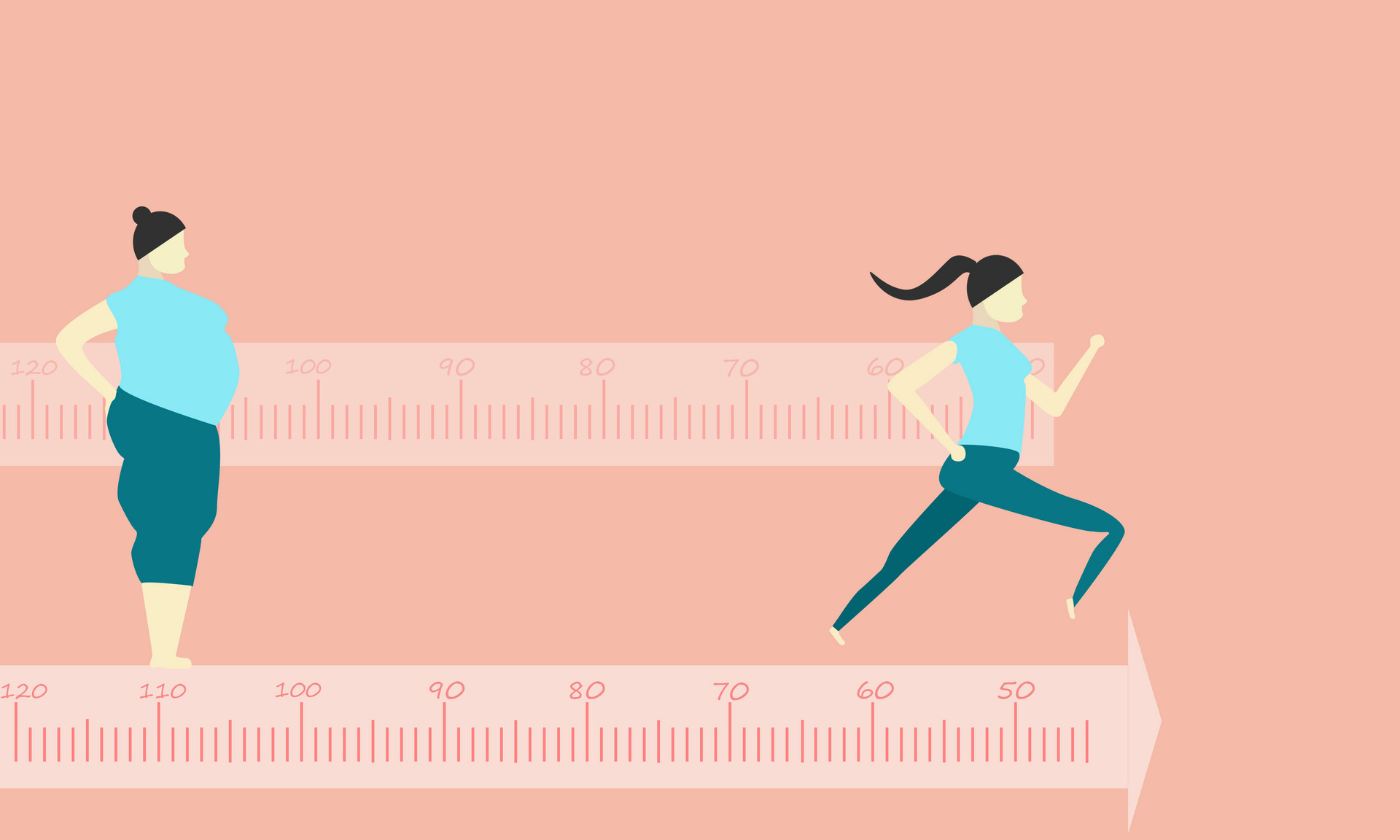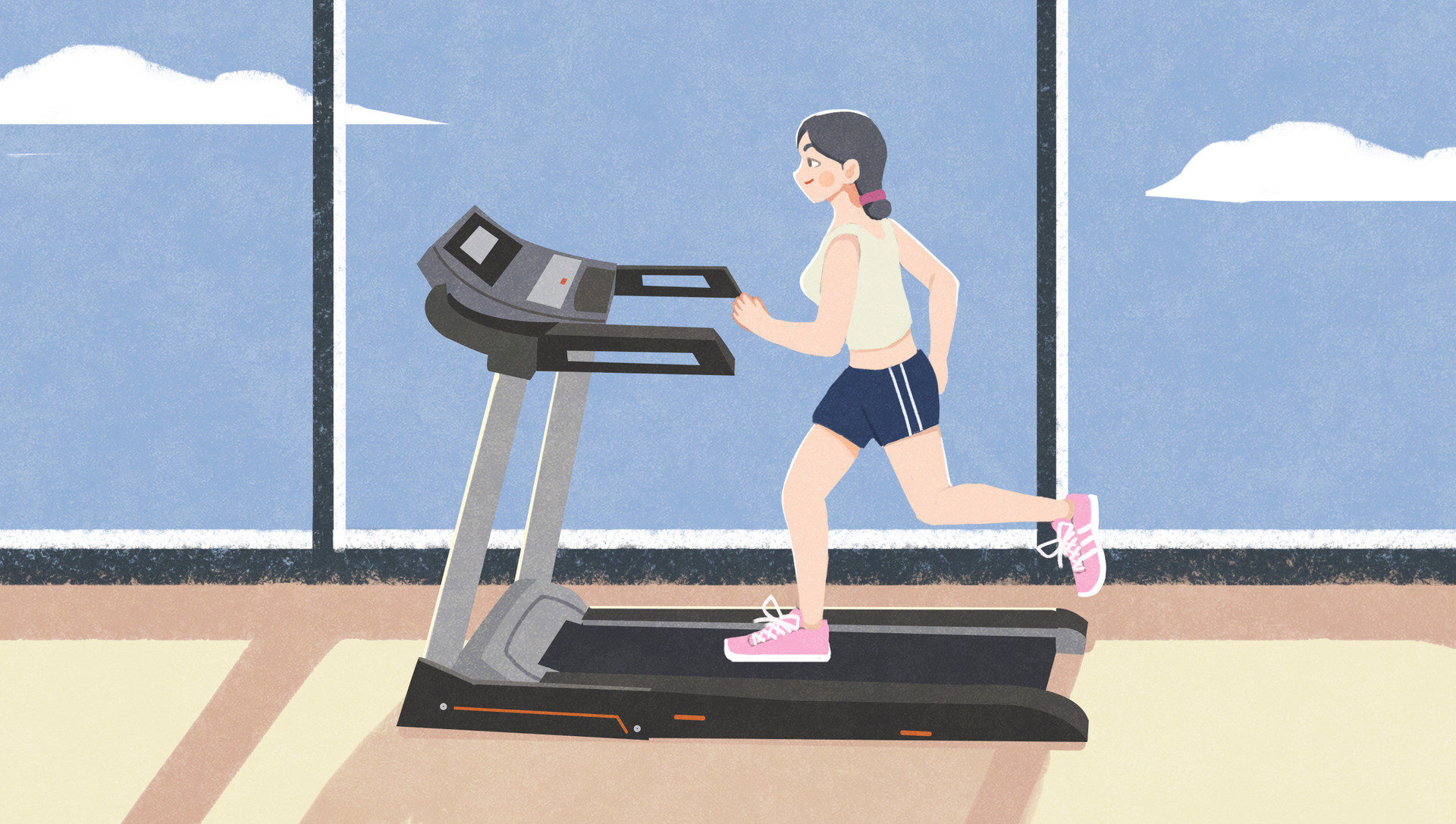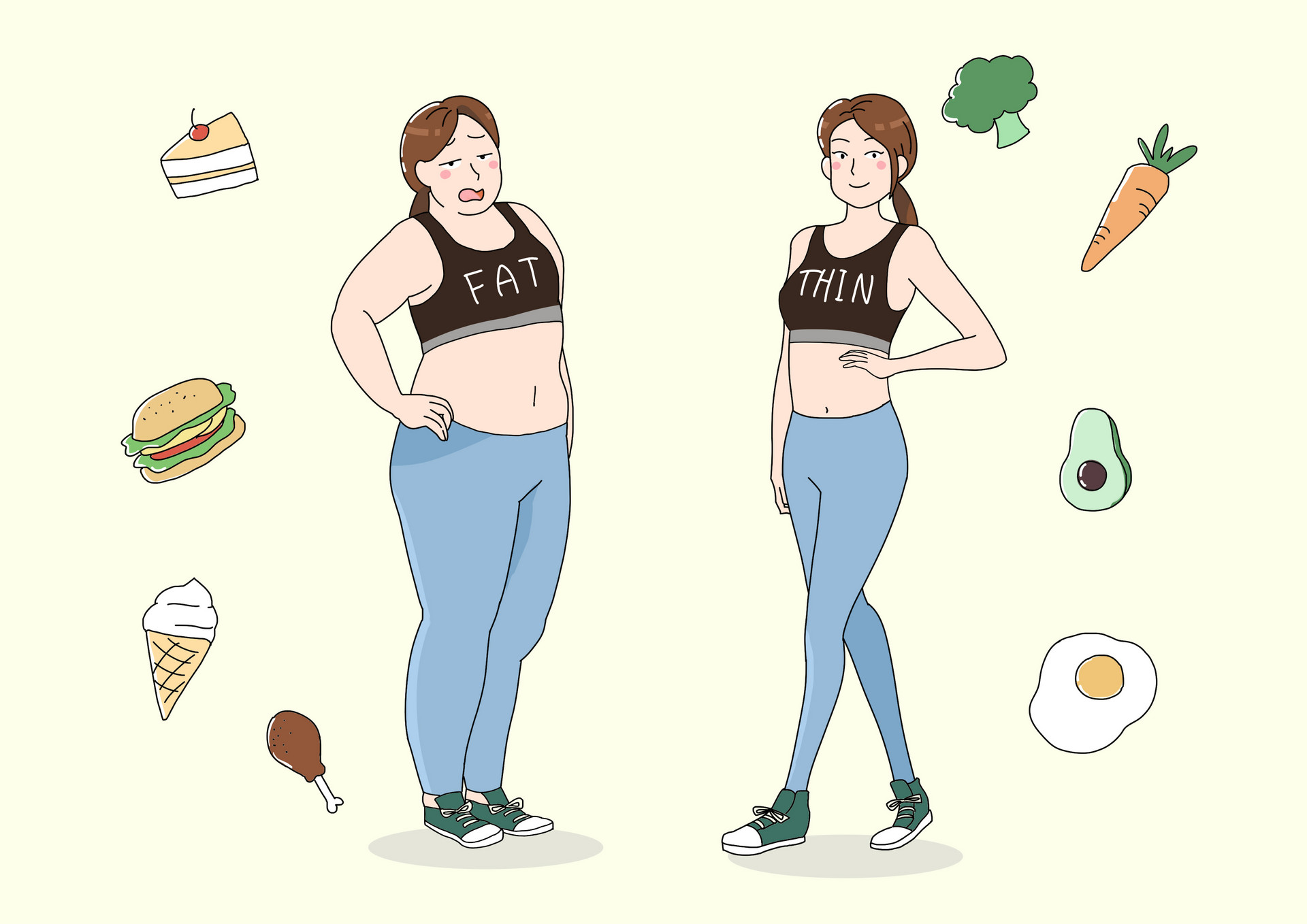Excessive consumption of fatty and sweet foods is digested by the spleen and stomach, transforming into adipose tissue and accumulating in the body, or transforming into phlegm-dampness and obstructing the flow of qi. This illustrates the relationship between obesity and the spleen and stomach. Traditional Chinese medicine does not have specific discussions on weight loss in ancient texts, but theories on the digestion function of the spleen and stomach and the principles of qi and blood in physiology and pathology provide a dialectical explanation for obesity. Excessive consumption of fatty and sweet foods is digested by the spleen and stomach, transforming into adipose tissue and accumulating in the body, or transforming into phlegm-dampness and obstructing the flow of qi. This illustrates the relationship between obesity and the spleen and stomach.
Traditional medical methods for health and weight loss are effective for simple obesity, but there are currently no effective methods for genetic obesity.
Cupping Therapy
1. Symptoms of hyperactivity of the middle yang include obesity, excessive appetite, preference for fatty foods, flushed face, greasy tongue coating, red tongue, and slippery and rapid pulse.
Treatment: Clearing the stomach and purging fire.
Acupoints: Hunger point, Stomach Shu, Lung Shu, Yang Chi, and San Jiao Shu.
Procedure: Cupping therapy should be combined with ear pressing. Pressing the hunger point (located on the anterior side of the earlobe, below the external nose) can reduce gastric distension and appetite, and it is an effective acupoint in weight loss. Single cupping on the Lung Shu is used to disperse the essence of food and distribute it throughout the body, which relies on the function of the lungs to control qi. The acupoints of Yang Chi, San Jiao, and Stomach Shu are closely related to the digestion, absorption, and distribution of food. These selected acupoints, especially in combination with other weight loss methods, have a harmonizing effect on hunger and other reactions.
2. Symptoms of phlegm-dampness obstruction include obesity or excessive sleepiness, fatigue, poor appetite, bland taste in the mouth, reduced or absent menstruation in women, spermatorrhea in men, swollen tongue with teeth marks, and deep or slippery pulse.
Treatment: Resolving dampness and transforming phlegm.
Acupoints: Ear acupoints for endocrine and adrenal glands, body acupoints San Jiao Shu and Spleen Shu.
Procedure: Press the ear acupoints for endocrine and adrenal glands, as they have a regulatory effect on the endocrine system. Cupping therapy can be combined with body acupoints, using single cupping method for 15 to 20 minutes to strengthen the function of tonifying the spleen, eliminating dampness, and transforming phlegm.
The methods of weight loss in traditional medicine are clinical applications based on the theories of meridians and organs. They mostly use purgative methods to suppress appetite or regulate the hyperactivity of the spleen and stomach to achieve the goal of weight loss. It should not be denied that these therapies also have psychological and suggestive effects. Based on the strong desire of patients to lose weight, these therapies serve as a suggestive therapy, prompting patients to consciously control their food intake through operations during hunger or before meals, and also causing regulatory responses in the hypothalamic feeding center.







